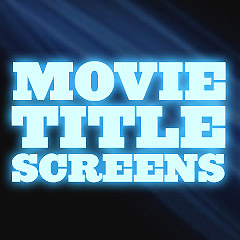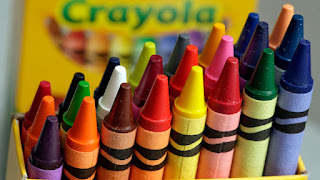Title Design Blog
Now when entering the stage of creating a title design we have discussed the way we wished for things to be like. We did research on how title screens are made and best equipment would be needed to do so. I'm positive we can be able to do good with it, I do believe in Vanessa sills in editing. When doing research I found great advice on how a title screen should be made and I'll like to share some with you. With the advent of streaming technologies, skipping the title sequence and getting straight to the plot is now easier than ever. On Netflix, for example, all you have to do is hit the "Skip Intro" button and you're done. This might be discouraging for creators on the production side of things. After all, you devote a significant amount of effort in post-production to mixing audio, adding motion graphics, and polishing intro sequences. You want the audience to be engrossed and hooked right away, thinking to themselves, "Wow, that was a wonderful title sequence."It helps to know how other filmmakers have experimented with visual design and editing methods throughout cinema to produce title sequences that are too excellent to skip. This is what a title screen is need for, and to create something like this is what we need. As I believe this is what we should focus on when brainstorming a title screen. However, as software and editing capabilities improved, directors began looking for new ways to elevate their title sequences and provide a more engaging viewing experience. If a film has a scary and unpleasant storyline (like Psycho), the visual design and music can predict this in the opening sequence. The same criteria apply to any other TV or film genre. The fact that an opening sequence has a thematic purpose and sets the tone for the rest of the production is what counts most these days, especially because title sequences are skippable on streaming services. Harry Potter is a well-known film series in modern cinema, particularly when it comes to title sequences. The opening scene for each of the eight films is distinct, starting with the one shown above. The Warner Bros. Pictures logo and the movie title were incorporated in all of the films' title sequences. The visual design and presentation of these components, on the other hand, are always unique. The title card for Harry Potter and the Prisoner of Azkaban is vividly lighted with metallic letters. However, as the series goes, the Warner Bros. logo and title card get rusty or darkened. These design modifications are significant because they set a clear tone and theme for each picture.



Comments
Post a Comment